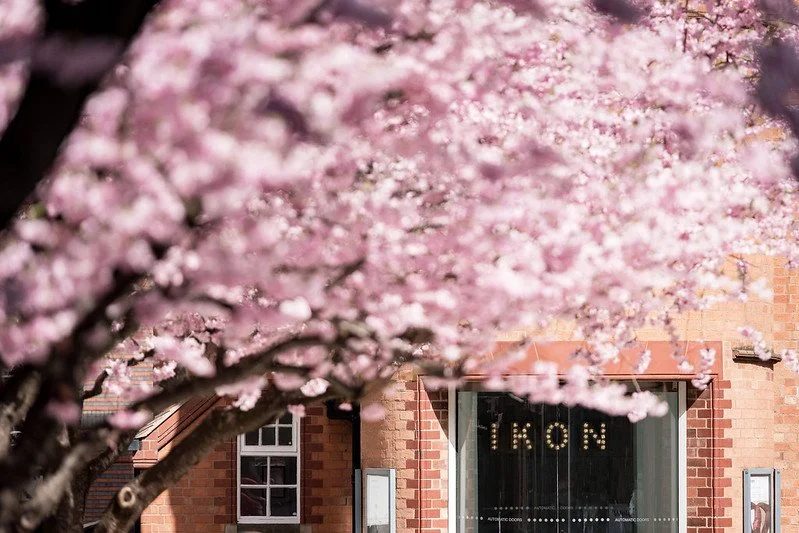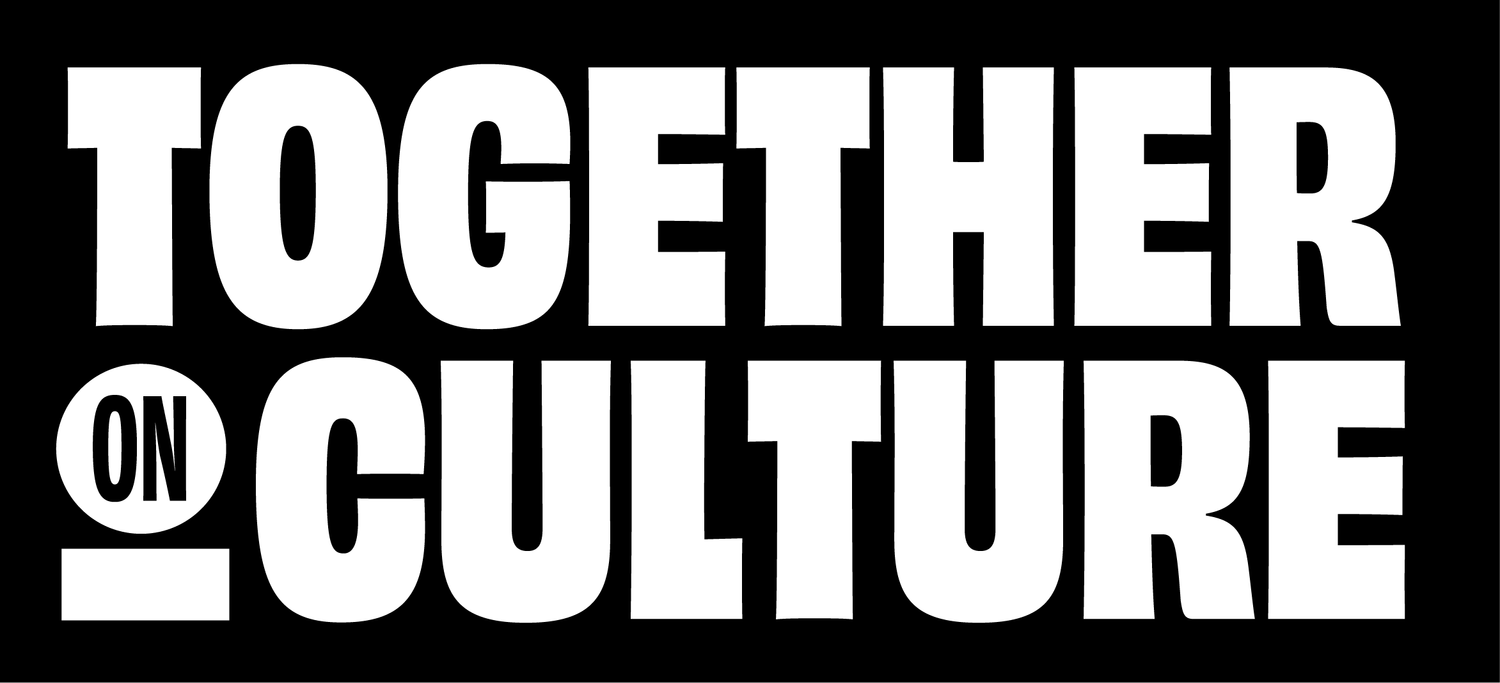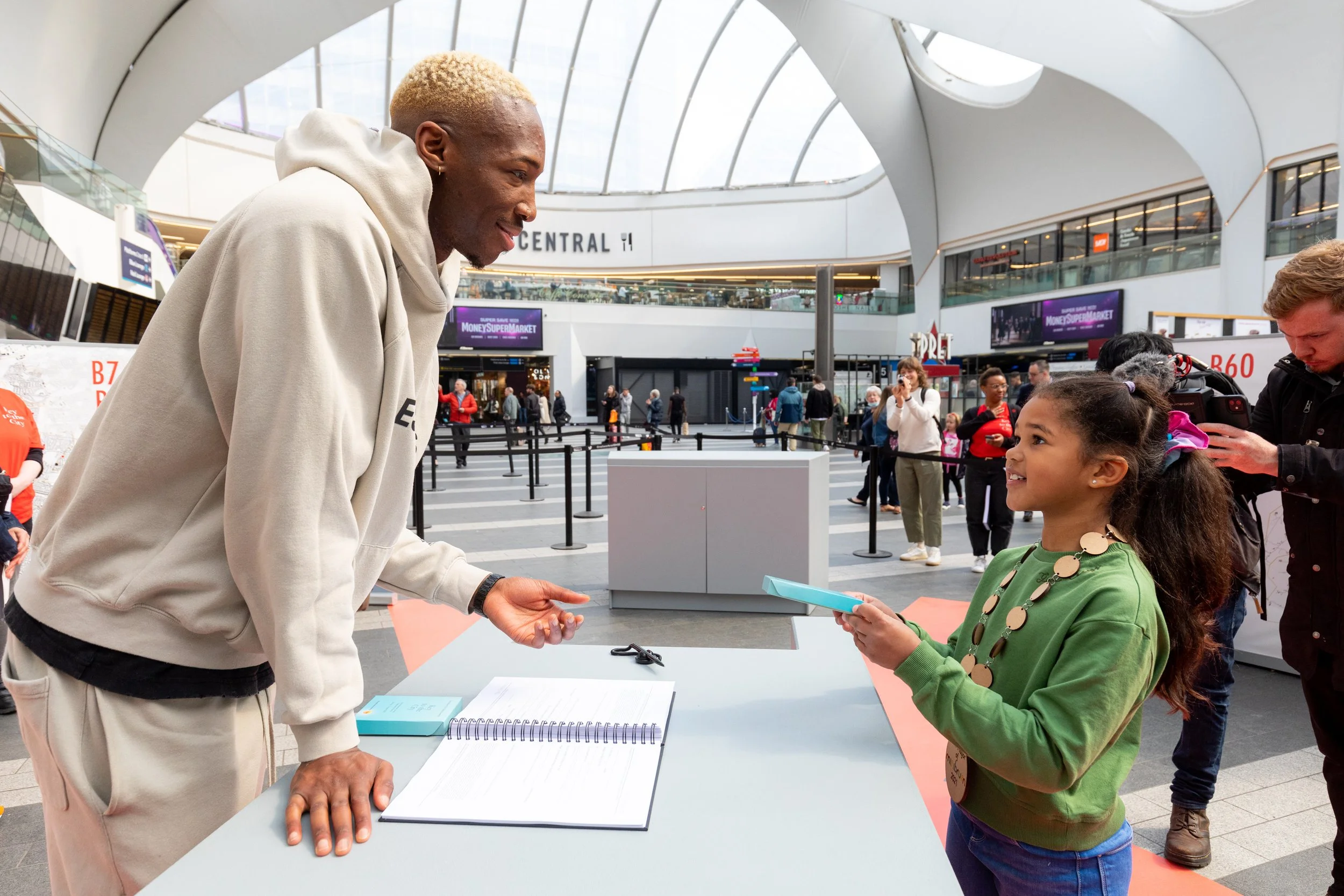Pillar 3: Made in Birmingham
Almost a million people work in the arts in the UK and many more in the wider creative sector. In this pillar we look at the critical role of the cultural workforce, creativity more generally and the need to support future talent.
Cultural leadership
The co-design process for this cultural framework reinforced the message that ‘people make culture’ and that a diverse creative and cultural workforce is an incredible asset for the city, a workforce that needs strong and dynamic leadership.
There is clear scope to build further on the work of Culture Central in particular and, alongside the Cultural Compact, develop a vision to transform the city’s cultural leadership into a unified force that champions Birmingham’s diverse cultural narrative and the positive impact culture has on the city.
Central to a leadership programme will be the development of a robust evidence base that demonstrates culture’s economic, social, and educational impact across Birmingham. This data will not only bolster advocacy efforts but also inform strategic decision-making, helping cultural leaders present a united and compelling case for investment in culture.
A shared narrative – possibly as part of/with links to the brand-related toolkit in Pillar Two – will be developed to encapsulate Birmingham’s cultural identity. This narrative will empower cultural leaders to champion the city’s cultural vibrancy with confidence, and make sure we remain a vital (and relevant!) hub of creativity and innovation.
Credit: Joe Bailey, FiveSixPhotography
Credit: James Yarker
Nurturing our creative talent
There are around 3,300 people directly employed by the cultural sector in Birmingham (circa 5,000 if freelancers are included) with a further 14,500 in the wider creative industries. One nuance of understanding the workforce in a sector like culture and the arts is that a good many people work on a freelance basis, and so aren’t always captured in employment data. This means that the sector employment figures for the creative economy in Birmingham could be around 50% higher than the data suggests, meaning we have a creative and cultural workforce of up to 30,000 people.
How we value and develop those people is of vital importance for the sector and ensuring we encourage more people into the talent pipeline is vital for the longer-term viability of a vibrant cultural scene. We need to share the practice that’s already being shown by some of the leading city institutions and ensure that everyone in the sector has good access to development, support and access to help on mental wellbeing.
Credit: Johan Persson
Many of our arts organisations have excellent existing talent programmes. For example MAC has an apprentice scheme for learning disabled people, ACE Dance is a strong training ground for dance and industry professionals and the Centre for Advanced Training programme at Fabric is developing new dance talent, too. Craftspace is also supporting refugees to establish professional crafts initiatives.
Birmingham is recognised as a creative hub and already has schools, colleges and in-house programmes doing a huge amount to shine a light on opportunities in the sector. But more could always be done. We need, for example, to address shortages in technical and administrative arts roles through targeted training. It’s also clear that there is still a need for affordable, accessible workspace for freelancers and micro-businesses to thrive locally and this could play more of a part in the physical regeneration of the city. And we need to ensure we encourage growth areas such as film & TV, South Asian music, and commercial music industries.
Support also must extend to the freelance workforce. A good example for this in the city is the Birmingham Rep, where there is a focus on fair compensation for freelancers, including stage managers, actors, and technical staff. The organisation provides extended benefits, like HR assistance and training access, similar to those enjoyed by full time employees, to maintain positive relationships with freelancers.
The Rep, along with organisations like Birmingham Royal Ballet and the Hippodrome, has been working to diversify the talent pipelines by providing assistant roles and encouraging freelance engagement across various artistic disciplines. It supports a ‘grow your own’ approach, with initiatives targeting young people from Birmingham, especially those not attending university, and aims to create apprenticeship programmes and skills training to address workforce shortages and develop local talent.
The talent mission – which is also highlighted in the Public Art Strategy – for creative Birmingham could well be an urgent one. Cultural partners engaged in the preparation of this framework have shared fears that there is a creative brain drain occurring across the city as cuts start to bite and more promising prospects are found by talented creatives in cities like London or Manchester. Research carried out by the team at Birmingham Hippodrome with BOP Consulting backs this supposition up, showing that London has over 20 times as many performing arts jobs as Birmingham (1,000 versus 21,010), whilst only being eight times as large in population size.
Credit: Joe Bailey, FiveSixPhotography
Finally there is a critical need to continue to ensure that cultural organisations are strongly connected with Birmingham's schools, through programmes like Birmingham Arts School. We need to make sure that every child in the city has the chance to experience culture several times throughout the school year and that practical support, such as subsidised transport, is available to make it easy for schools to bring children and culture together. Culture, the arts and the wider creative sector is as critical an employer in the UK as science or engineering, and so we need to make sure that young people have a clear line of sight towards a creative or cultural career.
Source: Birmingham Hippodrome. Note that ‘LQ’ refers to a location quotient, which means how strong a particular index is felt in a place, set against a national benchmark of 1.
What you told us about young people and culture
Create Central’s BFI Skills Accelerator
BOA academies unlocking cultural careers
Pillar 3: Action Areas













